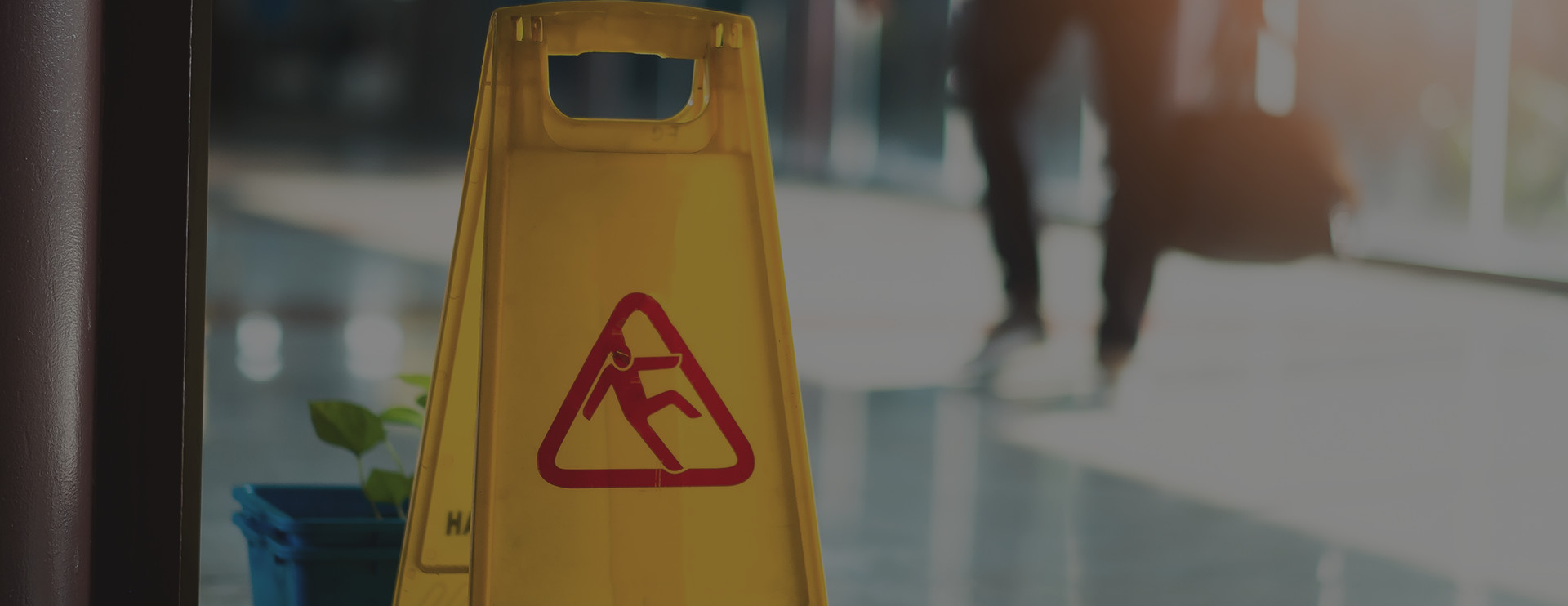Ontario’s winter season is in full swing. With it comes significant drops in temperature and snowy conditions which create significant safety hazards. Ice accumulation makes for some slippery conditions which can be dangerous.
As a result, slip and falls are one of the most common forms of personal injury incidents.
The most common effects of these are: briusies, bumps, and even fractures. Unfortunately for many individuals, the injury is the result of the careless, negligent, or reckless acts of another party. The premise owner is charged with the reasonable saftey of others that are on their premises. This may include ensuring the premise is free of any hazards, such as snow and/or ice.
Common examples of slip and fall incidents include falling on walkways that have not been cleared of snow or ice, or that have not been repaired, falling on slippery floors, tripping on objects on the floor, or falling as a result of poor lighting.
Limitation periods for slip and fall lawsuits
In most circumstances, the law requires that you start your lawsuit for a slip and fall injury within 2 years of the date of the incident.
An additional step is required if you are injured on a sidewalk or other area owned by a municipality. You must notify the municipality of your intention to sue within 10 days of the incident, and you must begin your lawsuit within 2 years of the incident.
Other limitations may apply if the property belongs to the Crown.
If you miss these deadlines, you may not be able to recover any compensation for your injury or loss.
What steps can you take?
It is important to remember the following if you have been involved in a slip and fall incident:
- Seek medical help. Your first course of action following a slip and fall incident should be to receive prompt medical attention. In some situations, you may not immediately feel injured, and symptoms may not appear for some period of time. In these situations, it is important to get checked out as soon as symptoms appear.
- Let someone know that you fell. Witnesses are important to build a case but they also help solidify a timeline of the injury.
- Ensure you or someone you know takes a photo of the hazard which caused you to fall. Weather conditions can change on a whim. Photographic evidence of the incident scene can assist you in establishing the cause of your fall.
- Obtain the name and contact information of anyone that may have witnessed your fall or anyone that was present at the scene of the incident. Witness statements may be obtained from these individuals to strengthen your case. In addition, it is important to obtain these statements as soon as possible, as memories fade and addresses/phone numbers change.
- Wear suitable footwear. While fashion is always important, safety takes precedent during the winter season. A good pair of winter boots are essentially snow tires for your feet. Ensure that you are wearing winter boots with good traction. If you’re involved in a slip and fall, ensure that you take photographs of your footwear and the tread underneath.
- Keep a proper lookout. Canadian winters are tough, and can be extremely dangerous. It is important to act accordingly. Ensure that you are aware of your surroundings and are cautious when walking outside.
- Contact a personal injury lawyer. Contacting a lawyer as soon as possible will protect your rights, and ensure that you receive compensation for your injuries.
If you or a loved one have experienced a slip and fall and have sustained injuries, you may be entitled to sue for compensation for your injuries. Contact JEWELL RADIMISIS JORGE LLP to obtain assistance from an experienced lawyer.


